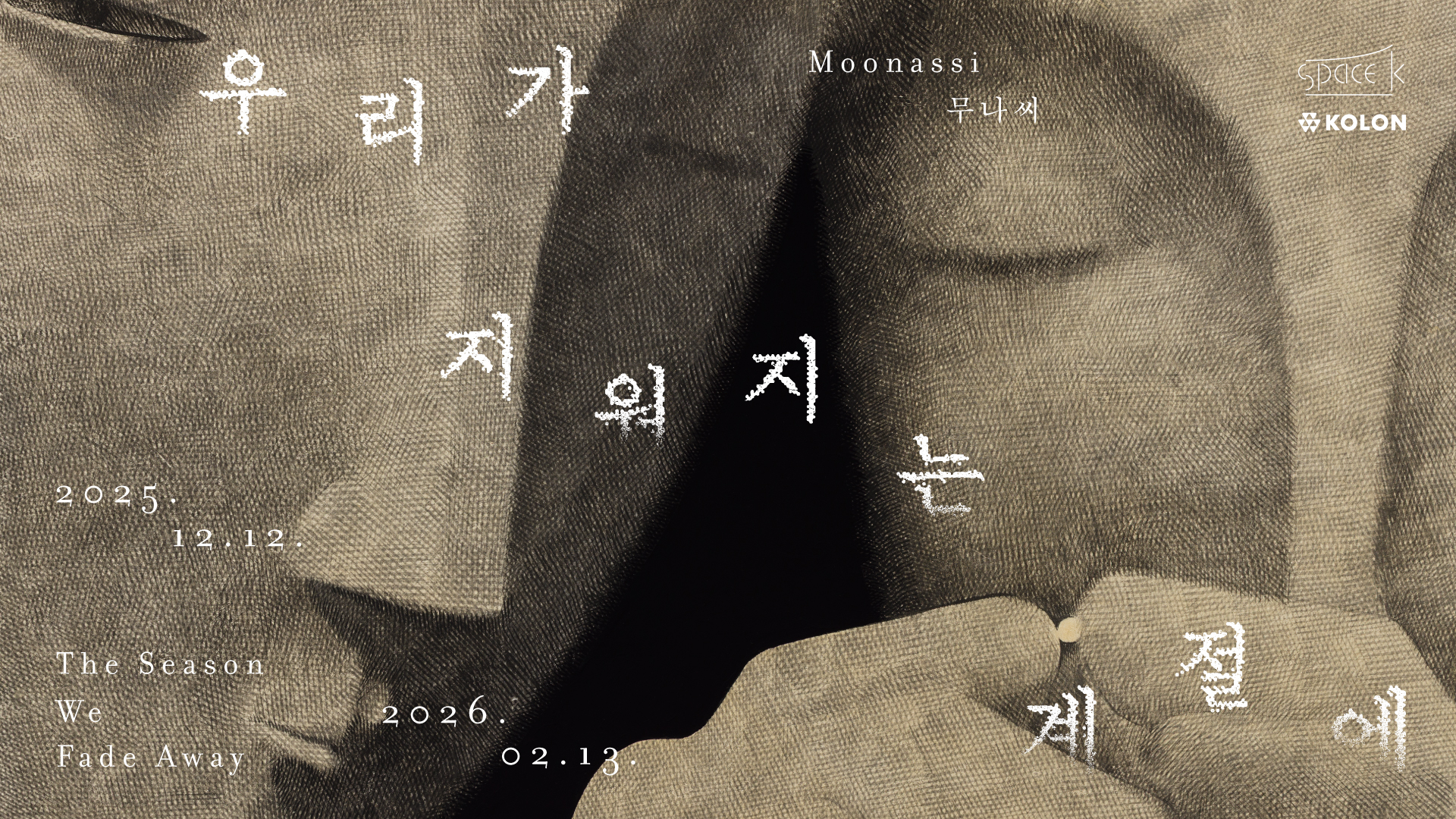지극히 한국적이지만, 지극히 우주적인 보따리 미학
| [ARTICLES] ARTIST INSIDE 2022 | Kimsooja
ARTIST INSIDE 2022 | 김수자
지극히 한국적이지만, 지극히 우주적인 보따리 미학
보따리는 작가 김수자의 화두다.
보따리를 가득 실은 트럭에 올라 어린 시절 이사를 다녔던 도시 곳곳을 달린 작가는 그 여정을 기록한 비디오 작품
«떠도는 도시들: 보따리 트럭 2727킬로미터»(1997)를 발표해 국제무대에 그녀의 이름과 보따리를 아로새겼다.
작가가 타지에서 꾸러미를 보며 영감을 얻은 보따리는 이방인처럼 떠도는 도시민의 삶의 현실이었다.
김수자가 다시금 보따리를 쌌다.
그 보따리는 실체가 있는 오브제일 수도 있고, 서로 다른 것을 한 데 아우르는 상징적 의미일 수도 있다.

여전히 재래시장에서 영감을 받나요?
제 역사적인 작품이죠. «떠도는 도시들»을 라이트박스로 재연출합니다. 새롭게 «연역적 오브제»(2022)도 선보이는데, 다른 종류의 보따리 작업인 셈이죠. ‘우주의 알’로 알려진 인도의 브라만다(brahmanda) 돌에서 형태를 빌린 알 모양의 조각입니다. 우주의 알은 탄생과 죽음을 포괄하는 전체성을 상징합니다. 이 조각을 보따리로 보아도 좋고, 육신 자체로 보아도 좋아요. 검은 돌이 거울 위에 매달려 주변 빛을 흡수하는 형태인데, 이 설치 역시 물리적 공간을 ‘싸는’ 행위로 볼 수 있습니다.

그러고 보니 미술관을 벗어난 작업이 많습니다. 흔히 공공미술(公共美術)이라고 표현하는데, 공공성이란 무엇일까요?
내 몸을 매개로 삶과 죽음의 구체적인 조건을 탐구해요. 그 질문이 가시화된 첫 작품이 1992년의 «보따리»입니다. 그리고 다양한 형태로 확장돼 온 거죠. 내 몸을 보따리 삼아 다양한 공간에서 호흡하는 숨소리 퍼포먼스를 했고, 2006년 마드리드의 크리스탈 팰리스에서 선보인 «숨: 거울 여인»에서는 거울 궁전을 에워싼 빛과 나의 호흡이 공명하는 공감각적 보따리를 제시했어요. 당시 궁전 유리벽 전체에 반투명 특수 필름을 붙여 무지개 빛을 연출했고, 바닥 전체에 거울을 깔아 그빛이 반사되도록 했어요. 공간을 감싼 빛은 오방색에서 출발해 확장된 스펙트럼입니다.

싸구려 플라스틱을 작품 소재로 사용하는 이유도 그런 우월의식을 비판하는 맥락일까요?
오방색은 계절, 방위, 색, 맛, 음에 이르는 자연의 감성을 지각하게 해요. 보따리 미학의 실천을 더 구체화시켜주죠. 원색의 조합은 시각적으로도 강렬하고요. 동시대 한국 문화에서 원래의 색 스펙트럼은 더 이상 사용되지는 않지만 오방색의 은유적 힘은 나에게 여전히 중요합니다. 오방색 팔레트는 빛을 통해 진화를 거듭할 겁니다.

작가 스스로 ‘일상의 연금술’이라고 표현하는데, 이번 키아프 서울에서도 볼 수 있나요?
삶의 조건은 내 작업의 근본적인 질문이었어요. 개인과 집단의 관점에서 모두요. 이불보(침대커버)가 대표적입니다. 우리는 누구나 이불보 위에서 나고 사랑하며 죽는, 생로병사를 겪습니다. 이 이불보가 보따리로 화(化)하고, 보따리는 글로벌 문제로 연결되고 증식됩니다. 지금 이 순간 우리가 목격하는 인종차별, 폭력, 전쟁, 이주의 문제가 보따리들에 감춰져 있어요. 글로벌 맥락에서 공유돼야 하는 논의라고 생각해요.
강혜승 인터뷰, Kiaf 2022 카탈로그에 게재됨











